Flying with a child? Want to have your child sit in their car seat?
1.Do you need to purchase a ticket?
A child under 2 years old can fly for free, but wont be allocated a seat and must sit on the parent or carers lap. You may be able to request a bassinette. If you want to travel with your child seat in the cabin then you’ll need to purchase an additional plane ticket for your child. Children are generally entitled to travel with a child seat as “stowed luggage”. See overleaf for instructions.
2. Check you have the right child seat
You’ll need an AS/NZS 1754 Australian Standards child safety seat with CASA approval. Look for this sticker:
3. Notify your airline
Policies surrounding flying with a child seat are still relatively new, and can differ between airlines. To avoid issues at the gate it’s best to contact your airline in advance to notify them you intend to travel with your child safety seat and provide the details it. Request this to be added to the notes of your booking. Keep these notes yourself, including the make, model and images of the CASA compliance sticker as airlines can make mistakes and they will perform a physical inspection of the child seat at check in anyway.
4. Get the right seat
During check in make sure you are allocated a window seat at least two rows before or back from the emergency exit row due to industry regulations. If you are travelling with two child seats this means that your children will not be sitting side by side.
5. Know how to install your seat
If you are fluent with your seat’s installation procedure your travel experience will be much better. If the aircraft lap belt does not reach through your seat’s belt path correctly then you may be able to request a seat belt extension.
6. Arrive early
Allow time for security and remember – airlines often recognise parents with children and will onboard you first so they can help with your seating.
Flying with an international child seat?
Any child seats that don’t have the AS/NZS 1754 Australian standard approval, regardless of the standards they do pass, must not be used in Australia.
A child is safe in their child seat
“Whether in an aircraft or a car, an approved child restraint system (CRS) is a much safer place for an infant than an adult’s lap. It is impossible to hold a child securely during turbulence or an impact with ground, water or another vehicle.”
-CASA, FSA Issue 94


